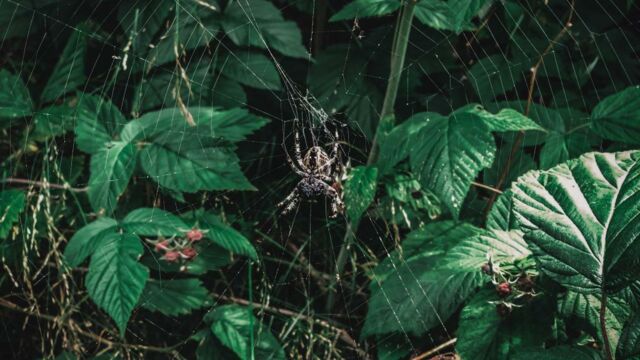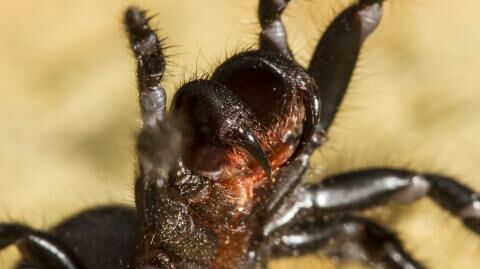We are still far from having discovered all the animal species on our planet. Scientists estimate that 80% of species have still not been discovered. Most of them live in inaccessible places and are small, such as frogs and spiders. A new spider has just been discovered in southern Australia and was described in the Evolutionary Systematics scientific journal.
Discover our latest podcast
Maratus volans aka Nemo
Measuring only 4 mm (the size of a grain of rice), it belongs to the peacock spider family, whose scientific name is Maratus volans. The new spider was named Maratus Nemo because of its bright orange colour and white stripes, which are reminiscent of Nemo, the clownfish hero from the Pixar movie Finding Nemo. According to experts, these attributes serve to attract males during the mating season.
Maratus Nemo was discovered last November by Sheryl Holliday, an Australian scientist. She soon realised that this spider was different, but could not identify the species. She posted several photos on a specialised website, and the small arachnids caught the attention of Joseph Schubert, an Australian biologist with a passion for spiders. He contacted the scientist, who sent him several specimens. After studying them, he concluded that they were indeed a new species.
Vibrant coat to seduce a mate
Joseph Schubert told the Victoria Museum:
This new spider has a really vibrant orange face with white stripes on it, which looks like a clownfish, so I thought Nemo would be a really appropriate name for it. Curiously, Maratus Nemo was found in an extensive wetland complex on shallow water marsh vegetation. No other species of Maratus is known to occupy such habitats.
Peacock spiders are Australian spiders known for their ability to jump, but also for their elaborate dances to seduce a mate. Schubert concluded:
I think peacock spiders have caught the public's attention simply because they're really, really cute for spiders—they have these huge, forward-facing eyes and you can get a lot more affectionate with them than you can with another type of spider that's not as pretty.
Watch the video above to see the spider for yourself.















